About the Clear Waters Project
What is the Clear Waters project?
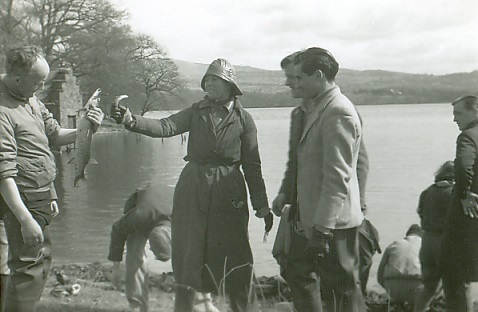
On Wednesday the 21st of May 2014, the Freshwater Biological Association launched an exhibit that formed part of an oral history project called Clear Waters. This volunteer based oral history project placed the current condition of lakes into an historic context by collecting information and opinions from the general public, and scientists. If used in conjunction with other local sources of oral history (e.g. High Fell by Cumbria Wildlife Trust) this information has the potential to provide valuable insights into the complex relationship between lakes and human activities on the land and in the water. These insights have the potential to have an important influence on research activities and management strategies throughout the Lake District and beyond.
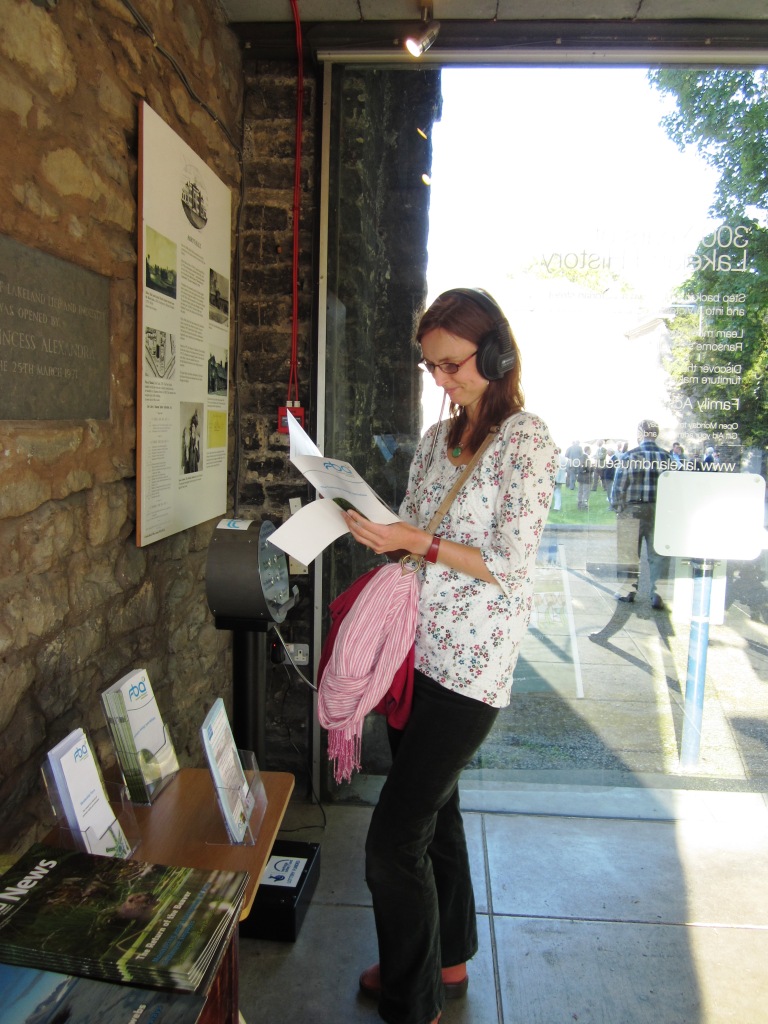
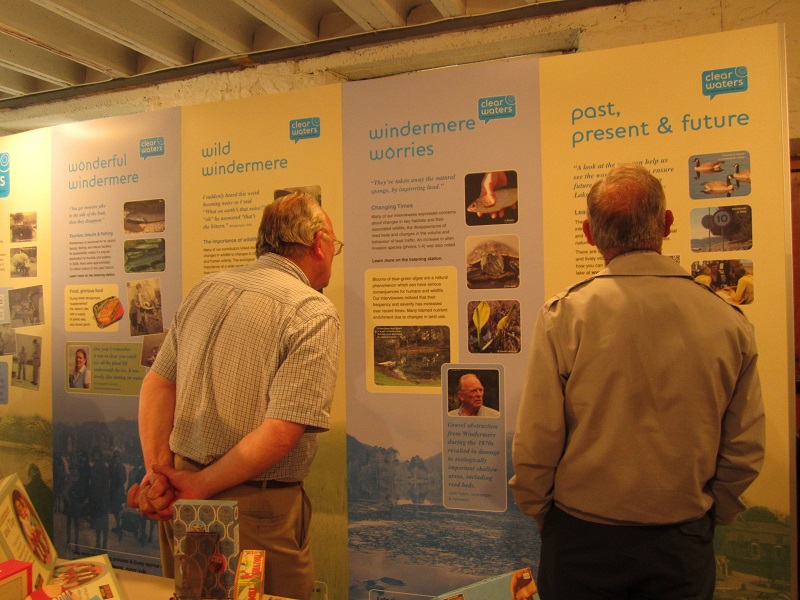
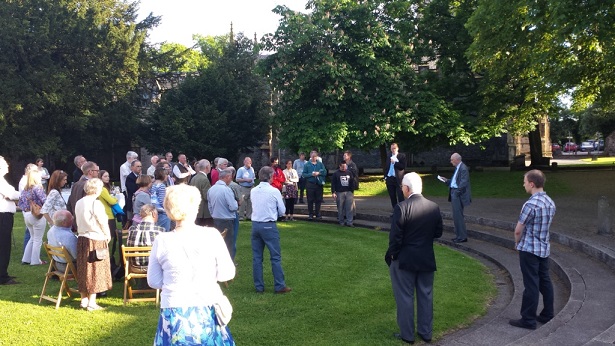
Images from the Exhibit Launch at Abbot Hall, Kendal in May 2014
What kinds of memories are included?
Over forty interviewees discussed socio-economic, climatic, and ecological changes over recent decades from as far back as the 1940s. The people interviewed were from a broad range of backgrounds and interests. They included; anglers, wildlife enthusiasts, boaters, tourists, business owners, wardens, and scientists who worked and lived within the Lake District National park. As a result we were able to combine the memories and thoughts of the general public with scientific information and opinion. For example, the views of anglers, fisheries officers, and ecologists provided valued insights into changes in fish populations within Windermere. Some memories gave a new perspective to contemporary issues such as boat speed limits within Windermere. Other memories shed light upon historic events such as Windermere’s contribution to the war effort during World War II.
How can I learn about the Oral History of lakes in the Lake District?
From May 2014 to June 2015 the Clear Waters exhibit will travel to venues throughout Cumbria and a single venue within Lancashire. The exhibit and this website have been designed to highlight some of the key changes in Windermere by using audio- clips of interviews, and historic and contemporary photographs. These resources provide valuable insights into the type of information that is to be held for future generations as part of the Ambleside Oral History Group archive (AOHG). Full versions of the Clear Waters interviews that include information on Windermere will be available via www.AOHG.org.uk from August 2014. Registration is required, but is free of charge.
Why was the focus upon Windermere?
The Windermere catchment is valued for its cultural and economic value, natural beauty, amenity, and scientific legacy. There are two main reasons why majority of Clear Waters interviews focused upon this catchment. Firstly, Windermere is England’s largest lake, and is highly accessible by road and rail. As a result there are a large number of local residents and business owners with a detailed knowledge of the lake. Secondly, the Freshwater Biological Association scientists have been resident on the shores of Windermere since 1931, and have carried-out a diverse range of scientific studies upon Windermere and adjacent lakes. This research continues to influence and inspire scientists from around the world. However, this is the first time that observations of lake users within the Lake District have been combined with those of expert scientists.
Acknowledgments and thanks
Clear Waters is a Freshwater Biological Association project which was funded by the Heritage Lottery Fund. The Clear Waters project would not have been possible without the many individuals and organisations who volunteered their professional expertise, memories, thoughts, photographs, scientific data, and diaries. The generosity of the general public and local organisations was outstanding. All interviewees gave their time free of charge, and interviews were conducted and transcribed by volunteers. Volunteers also carried-out important research, they took photographs and gave permission to publish historic photographs from their personal collections. Local staff from a variety of organisations made vital contributions to the management and promotion of Clear Waters. Although the Freshwater Biological Association received funding to develop this project many of its staff gave their time free of charge by acting as volunteers. The support of managers and other colleagues at the FBA was the key to the success of this project. The support of local and national organisations was vital and is greatly appreciated.
Steering group: Mike Dobson [Chair] APEM Ltd, Alan Jackson (Ambleside Oral History Group), Katherine Hearn (National Trust), Hardy Schwamm (FBA), Anne Powell (FBA), Allan Pentecost (Honorary Research Fellow, FBA), Neil Harnott (Cumbria Wildlife Trust), Ian Convery (University of Cumbria), and Colin Reynolds (Honorary Research Fellow, FBA).
Venues for mobile exhibition: Lakeland Arts Trust, Cumbria County Council, Lancaster Maritime Museum, and Aquarium of the Lakes.
Publicity/evening talks: South Cumbria Rivers Trusts, Lakeland Arts Trust, the FBA, Windermere Reflections, and the CWAAS newsletter.
Permission to reproduce photographs: the FBA, Lakeland Arts, and Kendal Library.
Provision of volunteers/research materials: University of Cumbria, Kendal Oral History Group, the Wordsworth Trust, and the Centre of Ecology and Hydrology.
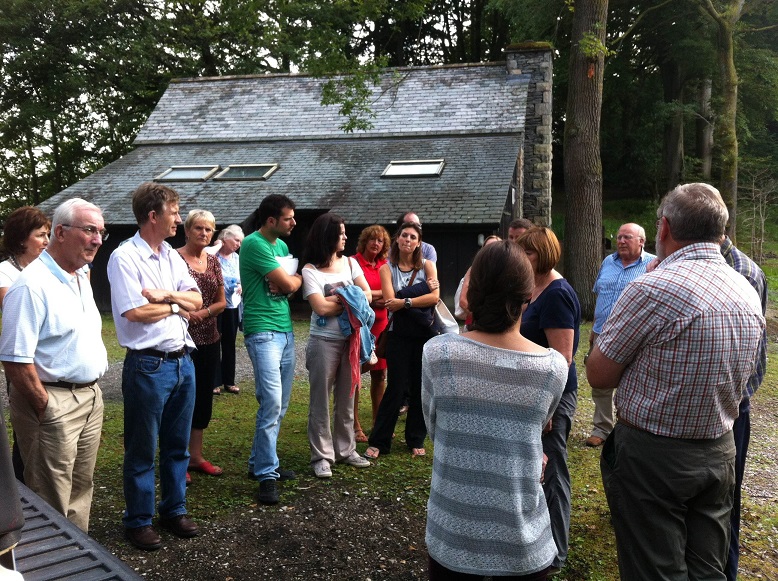
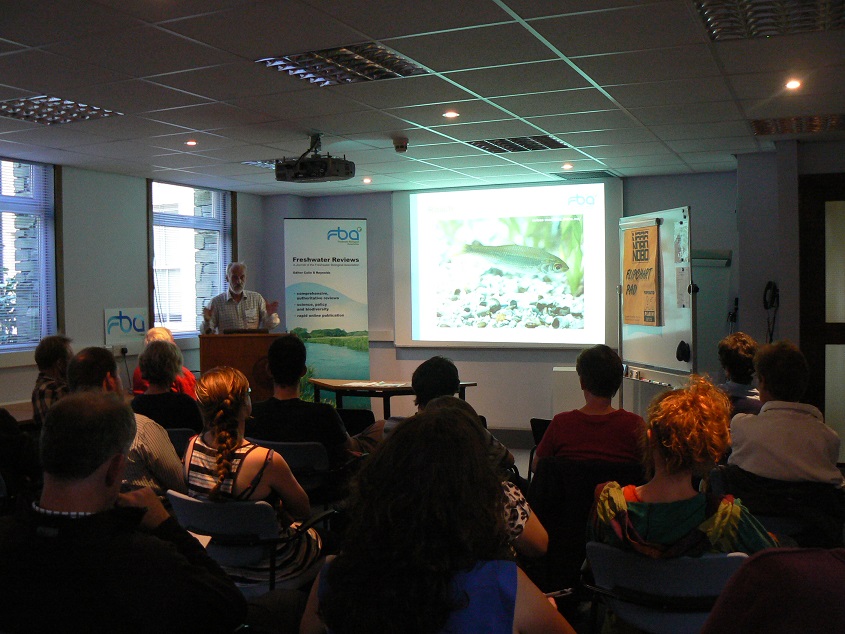
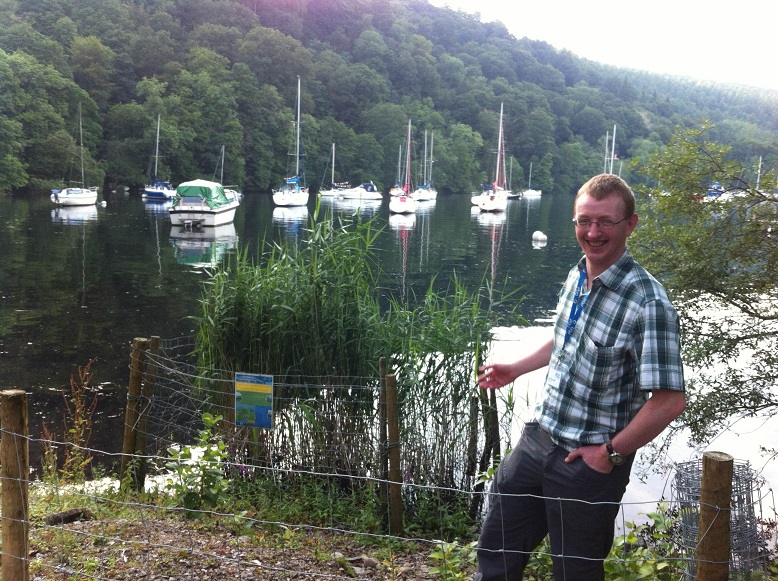
Evening presentations provided free to the general public: Roger Sweeting (Honorary Research Fellow at the FBA, talking about changes in fish populations [centre] and Gary Rushworth, Clear Waters Project Officer talking about reedbed decline [right].
Special thanks go to 60+ volunteers who supported us, without them there would be no Clear Waters project.
Interviewees: Kathleen Atkinson, Christian Barnes, Julius Barratt, Norman Bell, Phil Booth, Ken Clarke, Bob Cuppage, Malcolm Ellliott, David Evans, Zan Fell, Terry Gledhill, David Hargreaves, Elizabeth Howarth, Eric Hope, David Hindley, Mike Houston, David Jackson, Olive Jolly, Alan Lishman, Jean Lishman, Rosemary Lowe-McConnell, John Lund, Tom Macan, Pat McDougall, John Martin, Diana Matthews, Judith Moore, Michael Nield, Ian Pettman, Charmian Piper, Gordon Smith, Andrew Taylor, Calvin Thompson, David Thornton, Mary Todd, Mike Tullis, John Tyson, Dick White, and John Wilkinson.
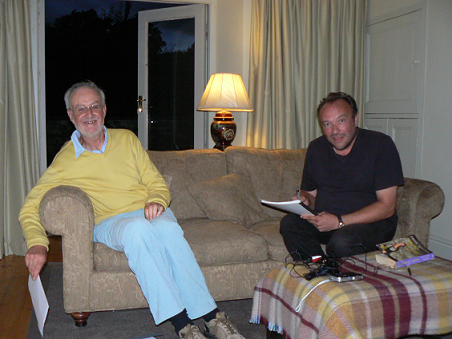
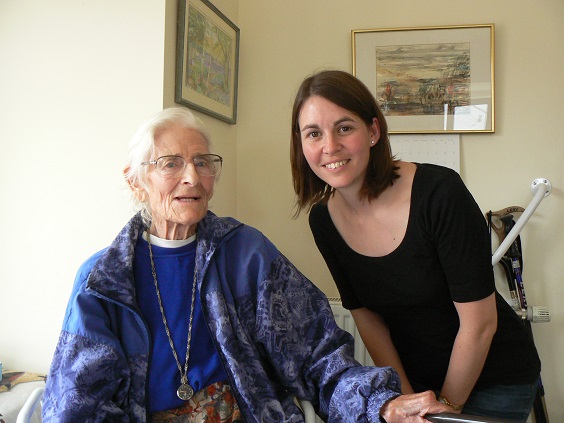
Volunteers who acted as both interviewee and interviewer, and Ro McConnell (former FBA Scientist) being interviewed by Project Officer Faith Hillier.
Interviewers, photographers, researchers, transcribers, proof-readers, and donors of materials: Janette Robinson, Jane Pilgrim, Ben Reiss, Penny Summerfield, David Fulton, Richard Sutton, Maureen Judson, Hung-Chun Huang, Richard Everiss, Jodie Phillips, James Austrums, William Coombes, Hattie Taylor, Matthew Nelson, Heather Moorhouse, Marjorie Parsons, Antonia Dickinson, Rosalind Maberly, Nick Bywell, Mike Dobson, Hardy Schwamm, Katherine Hearn, Soraya Alverez-Codesal, Faith Hillier, Gary Rushworth, Thomas Miles, and Anne Powell.
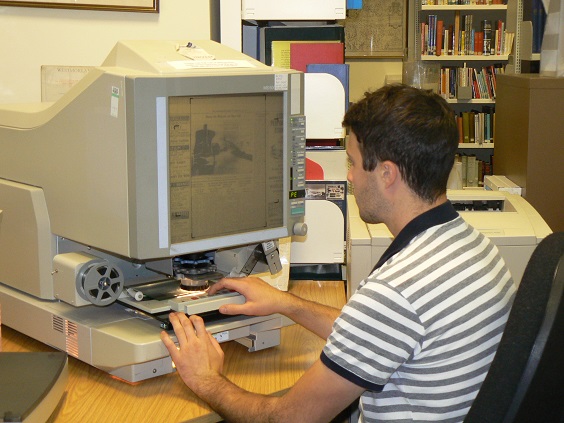
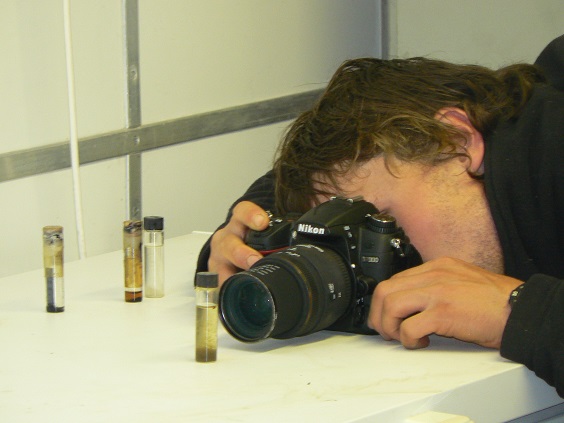
Volunteers: researcher and photographer
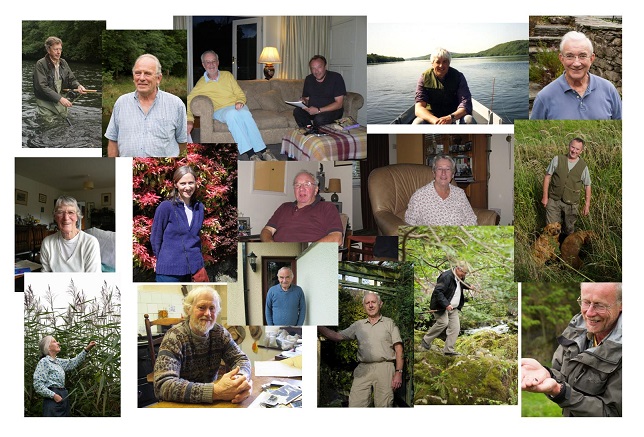
Volunteer interviewees from the general public
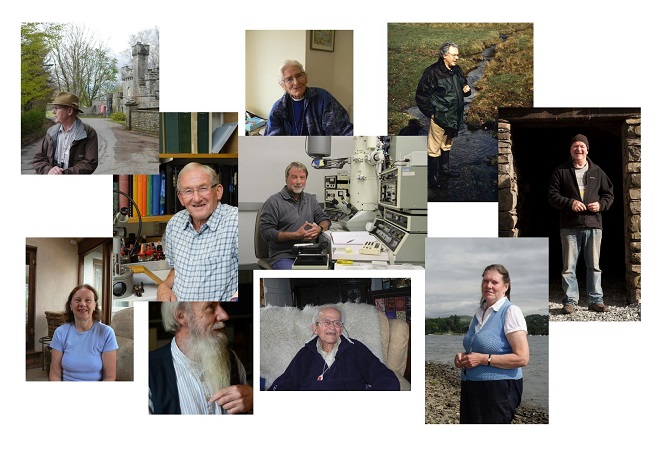
FBA Scientist volunteer interviewees
